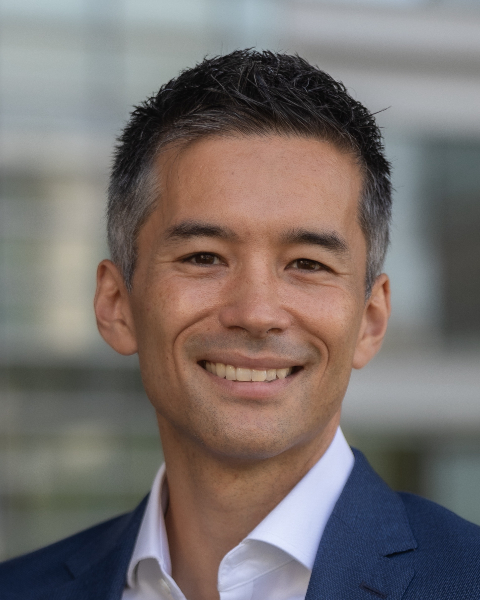3459 - Artificial Intelligence-Derived Software Improves Efficiency and Reduces Costs in Radiation Oncology Research
Screen: 16

Ted Yanagihara, MD, PhD
University of North Carolina
Chapel Hill, NC
Presenter(s)
Purpose/Objective(s): Research in radiation oncology often involves manual review and entry of large volumes of patient information into data repositories. This is labor intensive, costly, and may divert effort of learners (e.g. students and residents) away from more educational experiences. We hypothesize that we could use artificial intelligence (AI) to develop software to complete complex tasks related to data screening, cleaning, and entry into research databases.
Materials/
Methods: AI with ChatGPT4 was queried in an iterative process to build executable software using Python programming language and spreadsheet software macros to meet the data extract needs for two IRB-approved research projects. No patient data was shared with AI. In Project 1, paper questionnaires filled out by hand during clinic visits were obtained to collect patient and physician reported outcomes in the use of prostate radiotherapy. In Project 2, patient data from numerous global institutions were submitted to be included in a meta-analysis of individual patient data of hepatocellular carcinoma. Data were to be manually checked for completeness and inconsistencies, then comments were generated to be returned to the sender with requests to correct any remaining deficiencies.
For both projects, we quantified the time taken to create the AI-derived software. For Project 1, where students have been employed over prior years and some have used time-tracking software to log their work, we quantified the time/cost that is predicted to be saved by avoiding manual data extraction.
Results: A radiation oncologist (TY), with experience using a programming environment (and no experience with Python or building spreadsheet software macros), used ChatGPT4 to build software to complete all required tasks for both Project 1 and 2 (Table 1). For Project 1, ˜40 hours of development produced software to digitize human markings on patient and physician reported outcomes into tabular form. In prior years, undergraduate and medical students have performed these tasks at a rate of ˜2-4 minutes/page with a departmental cost of ˜$0.7/page. Software generated by ChatGPT4 performs the same task at a rate of 1.6 seconds per page and can be run in perpetuity without cost. For Project 2, ˜35 hours of development were required to build a spreadsheet software macro to review and identify missing data, inconsistencies (e.g., incompatible dates), or unexpected variables (e.g., out-of-range laboratory results), as well as suggest comments to be returned to the sender. The macro was found to make no errors and is currently being used in lieu of hiring a research assistant.
Conclusion: We were able to use AI to create software that can extract data accurately from paper forms and also review and clean large datasets with entry into registries to facilitate radiation oncology research. Abstract 3459 – Table 1
| Project | Hours to create AI-derived software | Estimated manual time/cost saved |
| 1 | ˜40 | $0.7 per data sheet; ~650-700 sheets/year; ~$450-490/year |
| 2 | ˜35 | Decision made not to hire part-time research assistant |
